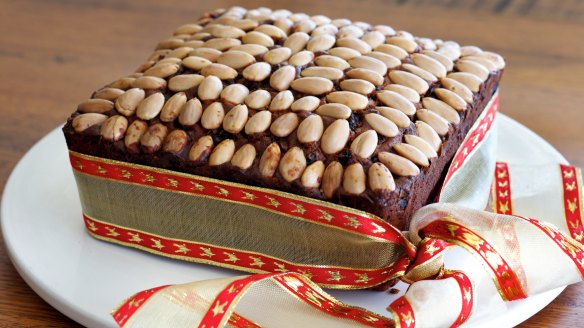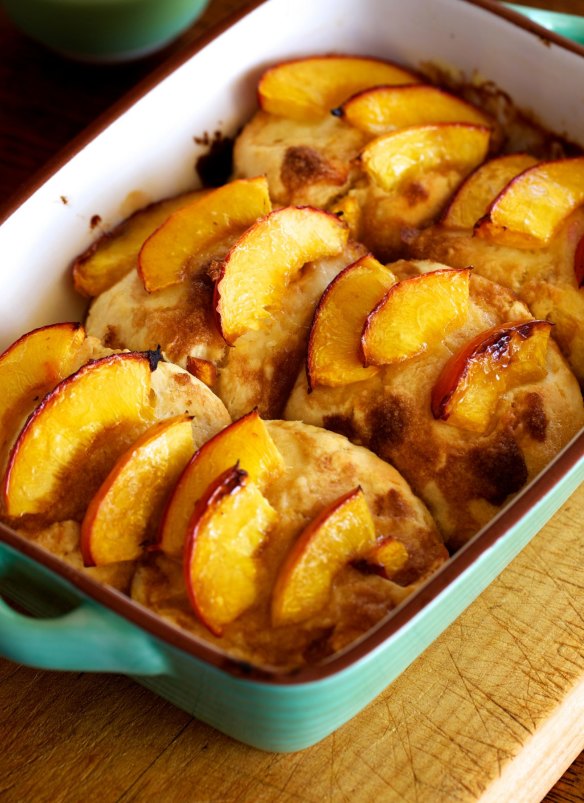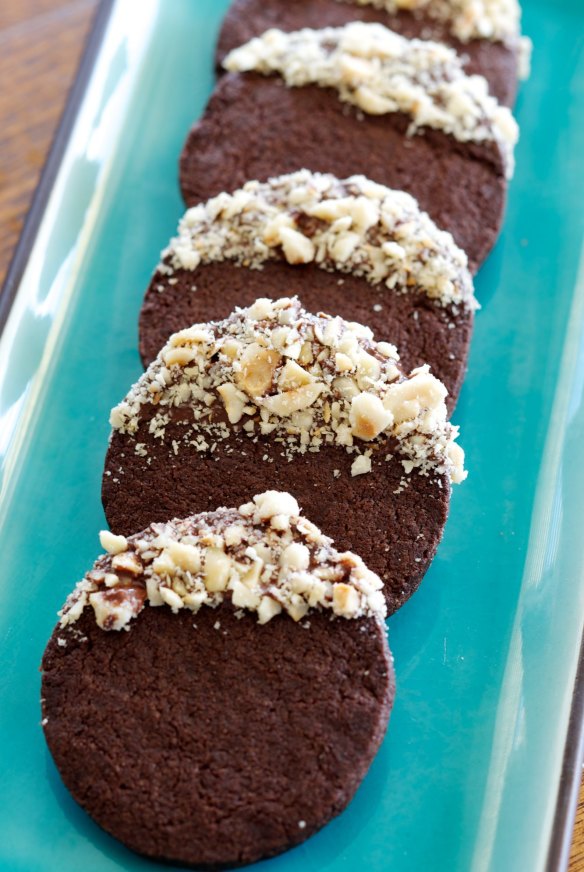Secrets of a lazy baker

Some say there are cooks and there are bakers. Some cooks are simply scared of baking but it does not have to be hard. There are plenty of short cuts and tips to achieving impressive end results for even the laziest of bakers (like me!). Here are my best 10 baking tips.
1. Use an oven thermometer so you know the true heat of your oven. Don't put things in until the temperature on your oven thermometer is stable. Rotate cakes and biscuits during cooking so you get to know any hot or cold spots. With fan-forced ovens drop the temperature by 20C.
2. For light, melt-in-the mouth cakes always use softened butter. If you've forgotten to take it out of the fridge, you can place cubes of butter in a Ziploc bag or between sheets of baking paper and roll with a rolling pin (or wine bottle). Never microwave!

3. To ensure biscuits hold their shape and edge, chill or freeze the dough before baking.
4. For a quick "luxe" version of shortcrust pastry, buy ready-made puff pastry. Cut it to size, prick it and place between two pieces of baking paper and two baking sheets, or baking tins. Freeze then put into a hot oven weighted down to prevent the pastry rising. When almost cooked, remove the top layer to brown. You will have crisp, great tasting pastry.
5. When making your own pastry, if you've forgotten to take the butter out of the refrigerator or freezer and it's too hard to handle, don't soften it but instead, grate it coarsely onto a plate or piece of baking paper. When rubbing it into the mixture, make sure you use only your fingertips – the palms of your hands may be too hot.

6. Melt chocolate evenly by breaking into small, similar sized pieces. Keep water away from it and don't use a wooden spoon as residual moisture can make the chocolate seize.
7. The right size tin is important for recipe success. Measure them across the base and through the middle. Write the size on the base with a permanent marker so you can easily see what size they are every time.
8. Always cool large cakes on a wire rack for 20 minutes before removing from the pans. This allows the air to circulate underneath it and prevents condensation. Remove cup cakes from the pan immediately and place individually on a wire rack to cool to prevent over-cooking.
9. Flour is pre-sifted before it is packed so often there is no need to sift again except for cakes where you want some "lift" like a sponge cake. It is also a good way to combine different dry ingredients as in the chocolate biscuits. It is much quicker and easier if you use a balloon whisk to "stir" it through the sieve.
10. Ever not labelled your flour and can't tell the difference between plain and self-raising? 1. Taste it – self raising has a salty taste and tends to clump less. Also, take a small teaspoon full and add vinegar. If it foams, it's self-raising. To make self-raising flour yourself sift together 1 cup plain flour and 2 teaspoons baking powder